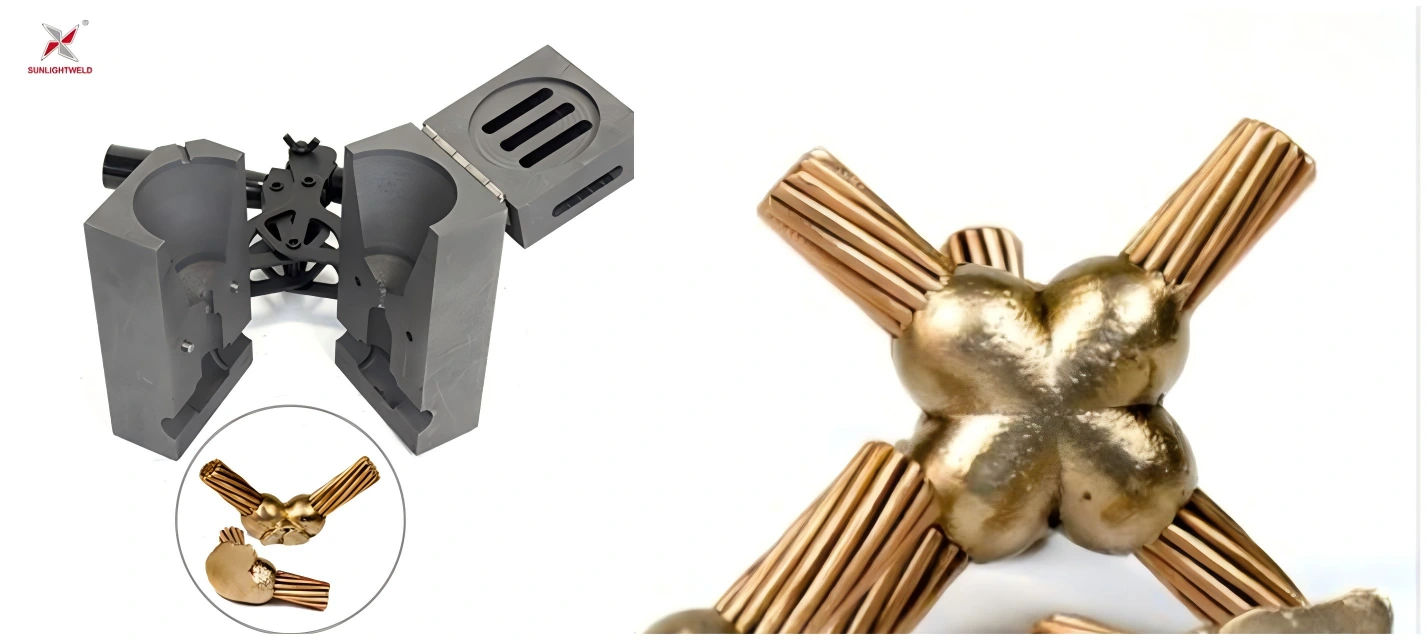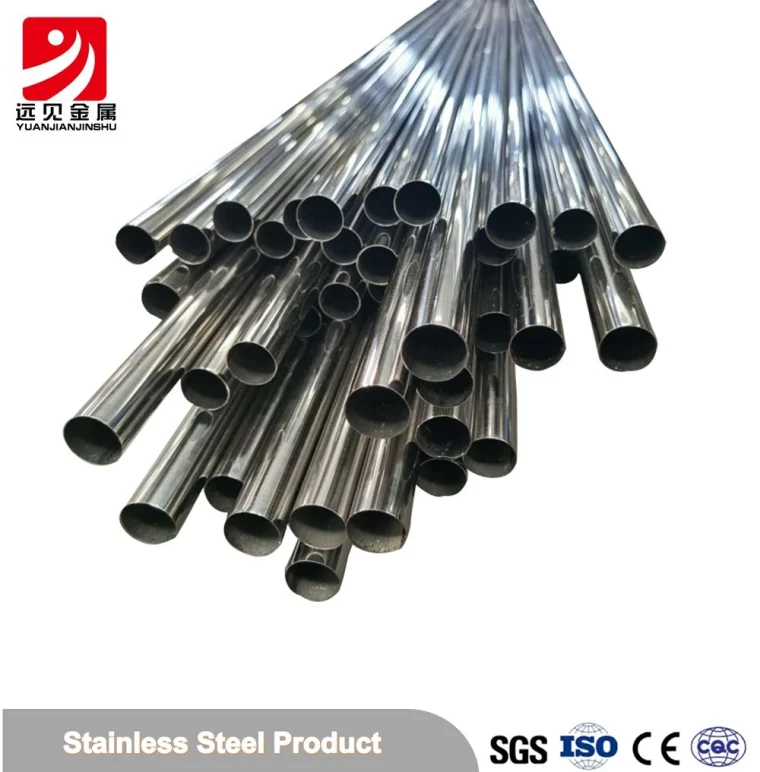
The terminology surrounding engineering processes often involves subtle differentiations that hold significant implications for the outcomes of various projects. In this article, we delve into the distinctions between joining and jointing, shedding light on their respective meanings, applications, and importance in the diverse landscape of engineering.
I. Joining in Engineering:
A. Definition and Context:
1. Broad Spectrum of Connection
2. Collaborative Integration of Components
B. Types of Joining Techniques:
1. Mechanical Fastening
2. Adhesive Bonding
3. Welding and Soldering
C. Applications Across Industries:
1. Manufacturing Processes
2. Construction Projects
II. Jointing: The Precision Art of Creating Connections
A. Definition and Core Principle:
1. Formation of Structural Connections
2. Precision Alignment of Components
B. Techniques in Jointing:
1. Woodworking Jointing
2. Metal Jointing Processes
C. Articulation of Components:
1. Mortise and Tenon Joints
2. Butt Joints
III. Comparative Analysis:
A. Joining's Versatility:
1. Adaptability in Varied Materials
2. Reversible vs. Irreversible Joining
B. Precision of Jointing:
1. Tolerance and Alignment
2. Impact on Structural Integrity
C. Applications in Different Industries:
1. Automotive Manufacturing
2. Fine Woodworking
IV. Synergies in Engineering:
A. Interplay between Joining and Jointing:
1. Hybrid Techniques
2. Optimizing for Specific Applications
V. Technological Advancements:
A. Robotics in Joining Processes
B. CNC Precision in Jointing
VI. Strategic Decision-Making:
A. Choosing the Right Methodology:
1. Project Requirements
2. Material Considerations
Conclusion:
In the intricate tapestry of engineering, the distinctions between joining and jointing are vital threads that contribute to the overall strength and functionality of structures. This exploration has aimed to unravel the complexities, providing engineers with insights into the varied techniques, applications, and considerations surrounding these fundamental processes.



